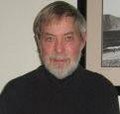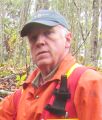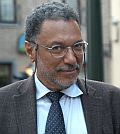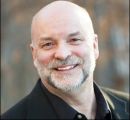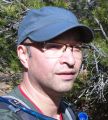WHAT HAPPENS ON THE LAND DOES MATTER! – hosted by Forester University (May 2017), the Water Balance Webinar from British Columbia introduced a North American audience to the methodology that underpins vision for “Sustainable Watershed Systems, through Asset Management” – the Whole-System, Water Balance approach simplifies things down to an understanding of the consequences of changes in duration of flow!

The Partnership for Water Sustainability in British Columbia partnered with Forester University to share, via webcast, the BC innovation and experience that has resulted in the whole-system, water balance approach. “We are delighted to have Kim Stephens and Jim Dumont share British Columbia’s cutting-edge continuous simulation model, known as the Water Balance Methodology,” stated Emily Shine. “At Forester University, we aim to position ourselves at the forefront of innovation in rainwater management and green infrastructure, and that is why we are calling Water Balance Methodology a webinar that cannot be missed.”



